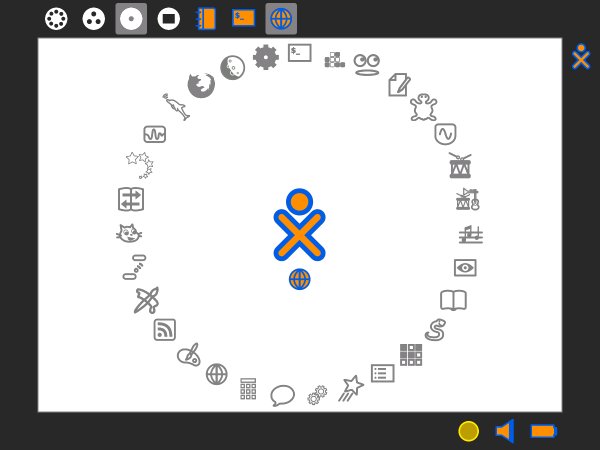What do Linux distributions have in common?
Today there are over 300 active Linux distributions. Which one is best for you? Well, the answer is it depends. What do you really want your Linux for?
Currently, a complete Linux or GNU/Linux Operating System is a collection of free (and sometimes non-free) software created by individuals, groups, and organizations from around the world, including the Linux kernel.
Companies such as Red Hat, SuSE, and Canonical (developer of Ubuntu Linux), as well such as community projects such as Debian or Gentoo, compile the software and provide a complete system, ready for installation and use. Patrick Volkerding also provides a Linux distribution, Slackware.
Linux or GNU/Linux distributions began to receive limited popularity since the second mid-90s, as a free alternative to Microsoft Windows and Mac OS operating systems, mainly by Some of the people used to Unix at school and at work.
The system became popular in the Desktop and Server market, mainly for the Web and database servers.
All of them have their audience and their purpose, from the recovery of damaged systems to the monitoring of computer networks.
Each distribution is, in short, an independent operating system, so programs compiled for one distribution may not run on another, even though they use the same kernel (Linux itself).
The main differences between the distributions are in their package systems, in the directory structures, and in their basic library. Although the directory structure follows the same pattern, FSSTND is a very relaxed standard, especially in files where the settings are different between distributions.
So normally everyone follows the FHS (File Hierarchy System) standard, which is the newest standard. It is worth remembering, however, that any application or driver developed for Linux can be compiled on any distribution that will work in the same way.
As for the library, the libc library is used, containing basic functions for the Linux Operating System. The problem is that, when a new version of the libc Library is released, some distributions immediately release the new version, while others wait a while. For this reason, some programs work in a distribution and others do not.
There is an LSB (Linux Standard Base) movement that provides greater standardization. It mainly assists software sellers who do not release the source code for distribution without removing features from the distributions. The package system is not standardized.
Arch Linux, Debian, Fedora, Manjaro Linux, SolusOS, Sabayon, Mint, OpenSUSE, PCLinuxOS, Puppy, Slackware and Ubuntu are some of the most used distributions now, listed here in alphabetical order.
User Interface
A characteristic that ultimately results in the differentiation of a Linux Distribution is the Graphical Interface. Some distributions use the KDE interface, others use the GNOME interface, others use the XFCE interface, and there are also several other interfaces that can be used.










